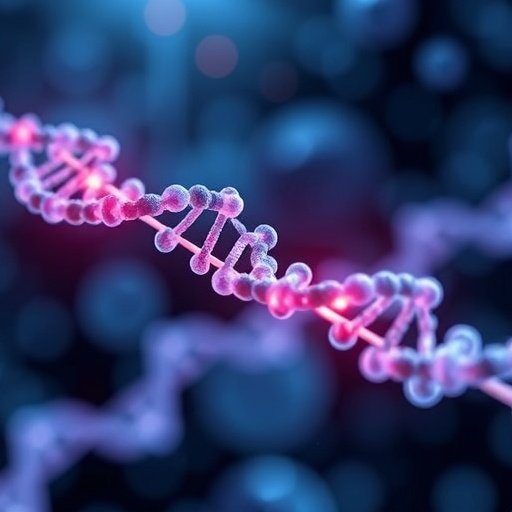Introduction
Researchers at MIT have utilized artificial intelligence (AI) to innovate the design of nanoparticles, improving the delivery of RNA vaccines and therapies.
Key Findings
- The team trained a machine-learning model to analyze thousands of existing delivery particles.
- This model predicts new materials that enhance delivery efficiency.
- It identifies particles suitable for various cell types and incorporates new materials into the particles.
Research Insights
Giovanni Traverso, an associate professor at MIT, stated, “We applied machine-learning tools to accelerate the identification of optimal ingredient mixtures in lipid nanoparticles.” This method could significantly expedite the development of RNA vaccines and therapies for conditions like obesity and diabetes.
Importance of Lipid Nanoparticles
RNA vaccines, such as those for SARS-CoV-2, are typically delivered using lipid nanoparticles (LNPs). These particles protect mRNA from degradation and facilitate cellular entry post-injection. Enhancing the efficiency of these particles could lead to more effective vaccines and therapies.
Research Program
In 2024, Traverso’s lab initiated a multi-year research program, funded by the U.S. Advanced Research Projects Agency for Health (ARPA-H), aimed at developing ingestible devices for oral RNA treatment delivery.
Model Development
A typical LNP comprises four components:
- Cholesterol
- Helper lipid
- Ionizable lipid
- Polyethylene glycol (PEG)-conjugated lipid
Creating various formulations and testing them is time-consuming. To address this, the researchers developed a model named COMET, inspired by transformer architectures used in AI language models. This model learns how different chemical components interact within nanoparticles.
Training and Predictions
The researchers compiled a library of approximately 3,000 LNP formulations and tested their delivery efficiency. After training the model, they used it to predict new formulations that outperformed existing ones. Validation showed that the AI-predicted LNPs delivered mRNA more effectively than both the training data and some commercial formulations.
Future Directions
The team is exploring the addition of branched poly beta amino esters (PBAEs) to LNPs, which may enhance performance. They are also training the model to predict LNPs optimized for specific cell types, such as Caco-2 cells.
Additionally, the model is being used to identify LNPs that can withstand lyophilization, a process that extends the shelf life of medicines.
Conclusion
This research, published in Nature Nanotechnology, highlights the potential of AI in accelerating the development of RNA vaccines and therapies, paving the way for innovative treatments for metabolic diseases.
